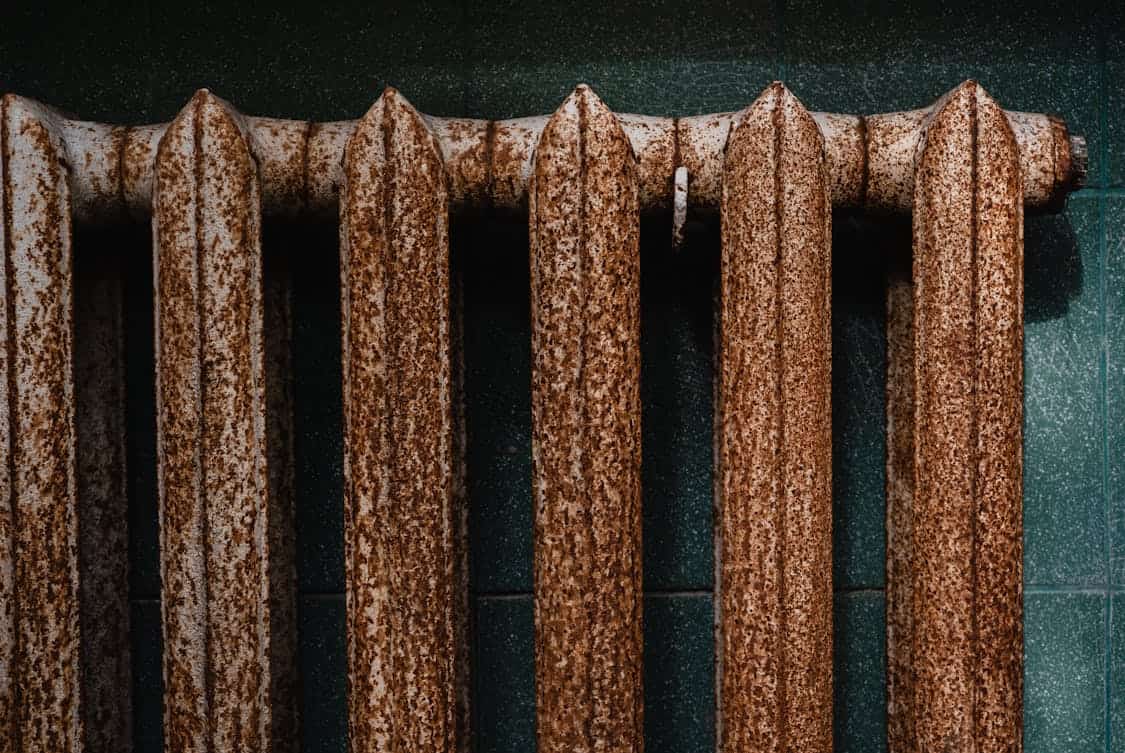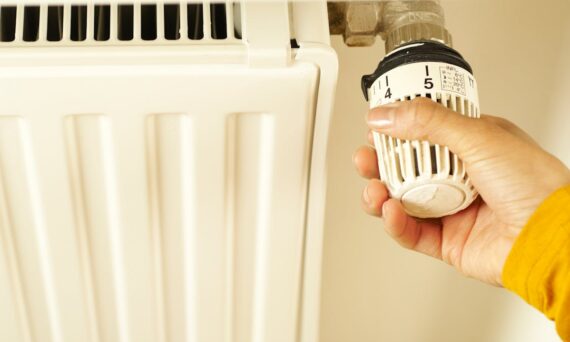How to Spot Warning Signs Your Heater Needs Repair
Keeping your home cozy during colder months heavily relies on a functioning heater. It’s not just about comfort; a malfunctioning heating system can lead to larger issues, including safety hazards.
Recognizing the signs that your heater may need repair can save you from unexpected cold nights.
Unusual Noises
Unexpected sounds coming from your heating system can indicate trouble. For instance, a loud banging or clanking noise might signal loose parts or a malfunctioning component.
A hissing sound could mean a refrigerant leak, while a high-pitched squeal might point to a worn-out belt. Pay attention to these auditory cues; they often hint at underlying mechanical issues.
Inconsistent Heating
Have you noticed that some rooms in your home feel colder than others? Uneven heating suggests that your heater is struggling to distribute warm air effectively.
This could be due to blocked ducts, faulty thermostats, or even a failing heating element. If the problem persists, don’t wait until the issue worsens — seek professional help with furnace repair services to restore consistent warmth and efficiency in your home.
Increased Energy Bills
If your utility bills have skyrocketed without any obvious reason, your heater might be the culprit. As systems age or wear down, they can become less efficient, forcing them to work harder to maintain the desired temperature.
This extra effort leads to higher energy consumption. Monitoring your bills over time can help you determine if your heater’s efficiency is diminishing.
Short Cycling
Short cycling occurs when the heater turns on and off frequently, failing to complete a full heating cycle. This issue not only leads to discomfort but can also cause additional wear and tear on your unit.
Common causes include a malfunctioning thermostat, clogged air filters, or an undersized heating system. If your heater seems to be cycling more than usual, it’s time to investigate further.
Bad Odors
If you detect strange smells coming from your heater, it’s a sign that something’s not right. A burning or smoky smell could indicate dust accumulation, while a rotten egg scent might suggest a gas leak.
In either case, it’s essential to turn off your system immediately and seek professional help. Ignoring these odors can lead to hazardous situations.
Thermostat Issues
Your thermostat acts as the brain of the heating system. If it’s malfunctioning, it can lead to inconsistent temperatures throughout your home.
You might notice that the heater doesn’t respond to your adjustments or fails to turn on altogether. This could stem from issues such as dead batteries, poor placement, or internal damage. Regularly testing and calibrating your thermostat can help you catch issues early.
Excessive Dust and Allergens
Is your home feeling dustier than usual? A malfunctioning heater can circulate dust and allergens, leading to poor indoor air quality.
If you find yourself sneezing or coughing more frequently, it could be a sign that your heating system isn’t filtering the air properly. Clogged filters or malfunctioning components might need attention to improve air quality.
Age of the Heater

Every heating system has an expected lifespan. If your heater is nearing the end of its life, it’s wise to monitor it closely for signs of wear.
Most heaters last between 15 to 20 years, and older systems are more prone to issues. If you find yourself making frequent repairs on an aging unit, it might be time to consider replacement.
Leaking Fluid
Fluid leaks around your heater can indicate serious issues. If you notice puddles forming, it could be a sign of a refrigerant leak or a problem with the condensation line.
These leaks can lead to inefficiency and damage to your home. It’s crucial to address any leaks promptly to prevent further complications or hazards.
Unresponsive Pilot Light
For gas heaters, the pilot light’s behavior is a key indicator of performance. If the pilot light goes out and doesn’t relight easily, there may be an underlying issue.
Potential culprits include a faulty thermocouple or problems with the gas supply. If you’re unsure, it’s best to consult a professional to diagnose the issue safely.
High Humidity Levels
A heater that isn’t performing properly can contribute to higher humidity levels in your home. If you notice condensation on windows or increased moisture in the air, it may indicate that your heater is unable to regulate humidity effectively.
This can lead to mold growth and other issues, making it essential to address the problem.
Frequent Repairs
Are you constantly calling in a technician for repairs? If so, it’s a good sign that something is amiss with your heating system.
Frequent breakdowns are often symptomatic of a larger problem, whether it’s an aging unit or a design flaw. More repairs mean more costs, and it might be more economical in the long run to replace the unit.
Discolored Pilot Light Flame
For gas heating systems, the pilot light flame should be blue. If it’s yellow or orange, it could indicate an improper gas mixture or even a carbon monoxide issue.
A discolored flame should prompt immediate action, such as contacting a technician to evaluate the unit. Safety must always come first.
Ignition Problems
If your heater has difficulty igniting or takes longer than usual to reach the desired temperature, it might be time for repairs. Ignition problems can stem from a malfunctioning igniter or dirty burners.
Ignoring this issue can lead to inefficient heating and even safety risks, so it’s best to address it sooner rather than later.
Poor Airflow
Weak airflow from your vents can indicate various problems, including blockages in ductwork or malfunctioning fans. If you notice that air isn’t flowing as it should, it can make your heater work harder, leading to increased wear and tear.
Addressing airflow issues can improve efficiency and comfort in your home.
Frequent Changes in Temperature
If you’re experiencing sudden and unexpected changes in temperature, it could be a sign of a malfunctioning thermostat. A failing thermostat may not accurately gauge the temperature of your home, leading to erratic heating cycles.
Regular maintenance and calibration can help keep your heating system operating smoothly.
Visual Signs of Damage
Sometimes, the issues with a heater are visible. Cracks in the casing, rust, or loose wires can all indicate that your heating system needs attention.
Inspect your unit regularly for these visual cues. If you spot any damage, it’s time to call in a professional to assess the situation.

